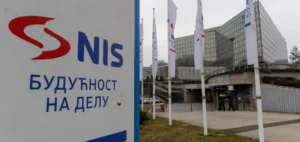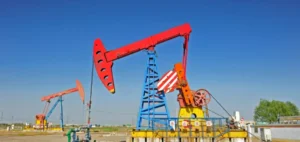Oil prices are rising slightly, buoyed by a positive economic indicator in the United States that reassures investors about economic health and future demand.
This article explores the factors influencing this rise, the US economic outlook and current geopolitical risks.
Impact of U.S. Economic Indicators
Brent and West Texas Intermediate (WTI) prices are up by 0.16% and 0.18% respectively.
This follows the publication of an indicator showing a recovery in US services activity in July.
This better-than-expected rebound eased fears of an imminent US recession, despite an employment report showing a sharper-than-expected slowdown.
SEB analyst Bjarne Schieldrop tempered this optimism, pointing out that prices had hit a six-month low the previous day.
He emphasized the uncertainty surrounding the direction of the US economy, stressing the importance of watching for signs of a possible recession.
Chinese demand and geopolitical risks
Weak oil demand in China this year remains a key price driver.
A recession in the US could trigger a significant drop in prices, exacerbated by anemic Chinese demand.
PVM Energy analyst John Evans also points out that geopolitical tensions continue to weigh on the market.
Rockets were fired at an Iraqi base housing US troops, causing injuries.
The attack comes against a backdrop of heightened tensions between Iran, its allies and Israel, following assassinations of key Hamas and Hezbollah figures blamed on Israel.
Political reactions and outlook
In response to these tensions, US President Joe Biden convened an emergency meeting, during which Secretary of State Antony Blinken called for a ceasefire in Gaza.
This escalation of violence, initiated by the Hamas attack on Israel, has triggered a cycle of reprisals in the region.
The combination of these economic and geopolitical factors is creating significant volatility in the oil market.
Investors remain cautious, keeping a close eye on economic developments in the United States and geopolitical tensions in the Middle East.
Looking ahead, analysts are divided on the outlook for oil prices.
Some predict stabilization if the US economy avoids recession and geopolitical tensions abate.
Others anticipate price falls if economic uncertainties and regional conflicts intensify.






















